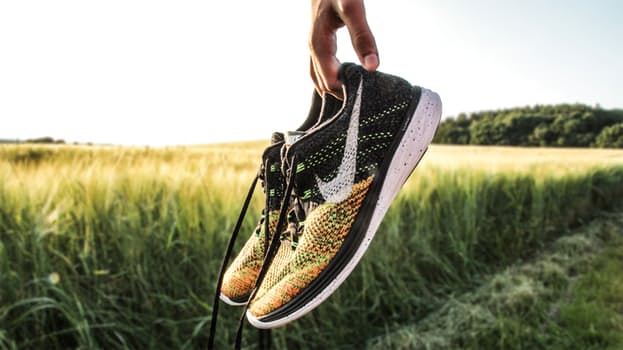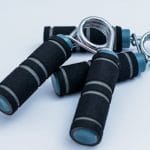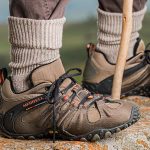
Whenever a client comes in to ask my advice re an injury or ache, I sometimes garner a guess. If it’s painful and chronic, I more often refer to a sports med doc who’s better capable of making a diagnosis based not only on his best guess but on proper evaluation of the patient. Even if the client has seen an alternative doc – chiropractor, massage therapist, etc – or even if he’s seen an orthopedist (many of whom are better at diagnosing surgically-necessary problems but not necessarily causes), I refer to a diagnostician who is not a surgeon. Why? He is more apt to consider the entire person, not just the injury site itself. If he can find a cause that does not need surgical repair, he will refer back to me or to a physical therapist if the injury warrants it. He will also quickly refer to surgery if necessary.
The point is, without an accurate diagnosis of the cause, no matter the repair, it is likely to crop back up if the same activities resume. (On a personal note, I went yesterday to a Muscle Activation Therapist (MAT) to see if I could get some help on a problem. He did a thorough review of my whole body, not just my hip, and found some ‘weak’ areas of segments of muscles, and even whole muscles, that were not firing well. He treated them, sent me some exercises for them, and we’ll have to see how it goes. but, despite my capacity to do many exercises for the muscles he identified as problematic, the neurological firing patterns were dysfunctional. hence, problems await.)
So, if you are a runner, and you are experiencing problems, yes, sure, please do look at the feet first. They hit the ground with lots of force many times. A podiatrist, esp a sports podiatrist, is a good first measure – tho my sports med doc is not a believer in orthotics, the ones I had made for me in 1976 still work – but don’t stop there. Skip the shoes- like the many articles on barefoot suggest, shoes may only hide the problem, and like this article suggests, shoes may actually create the problem – but then see a sports med specialist – and some personal trainers and p.t.’s are good sources for this kind of info. First, and foremost, take time off the perpetrating activity. Otherwise, compensations take over and new problems will arise.
http://well.blogs.nytimes.com/2010/07/21/phys-ed-do-certain-types-of-sne…













